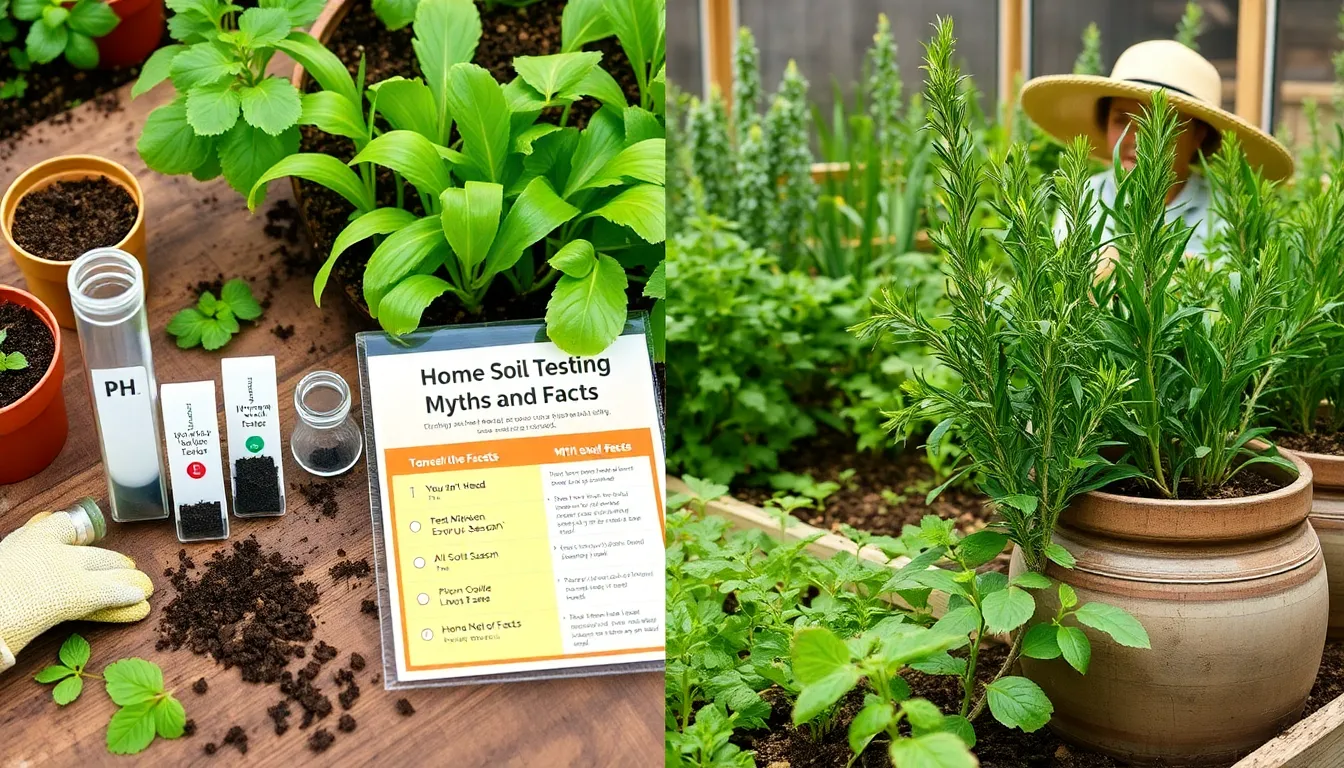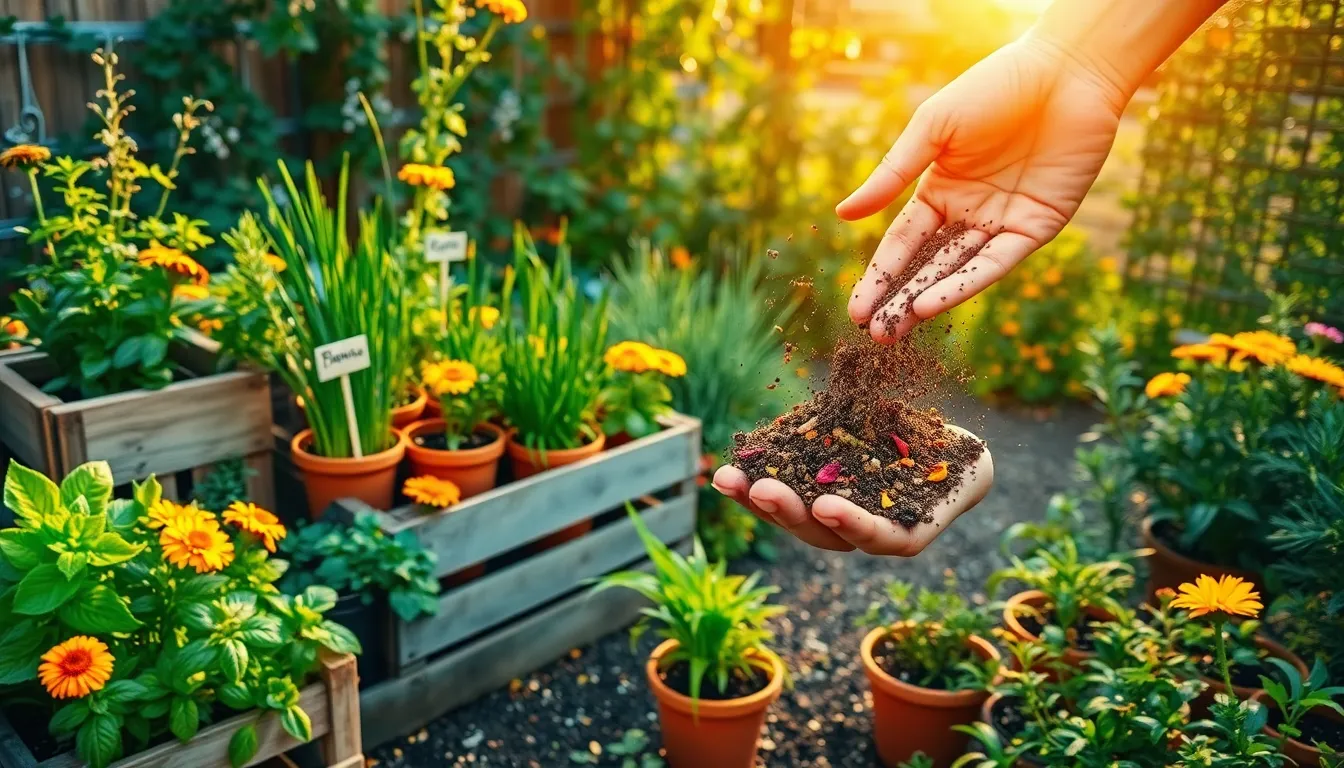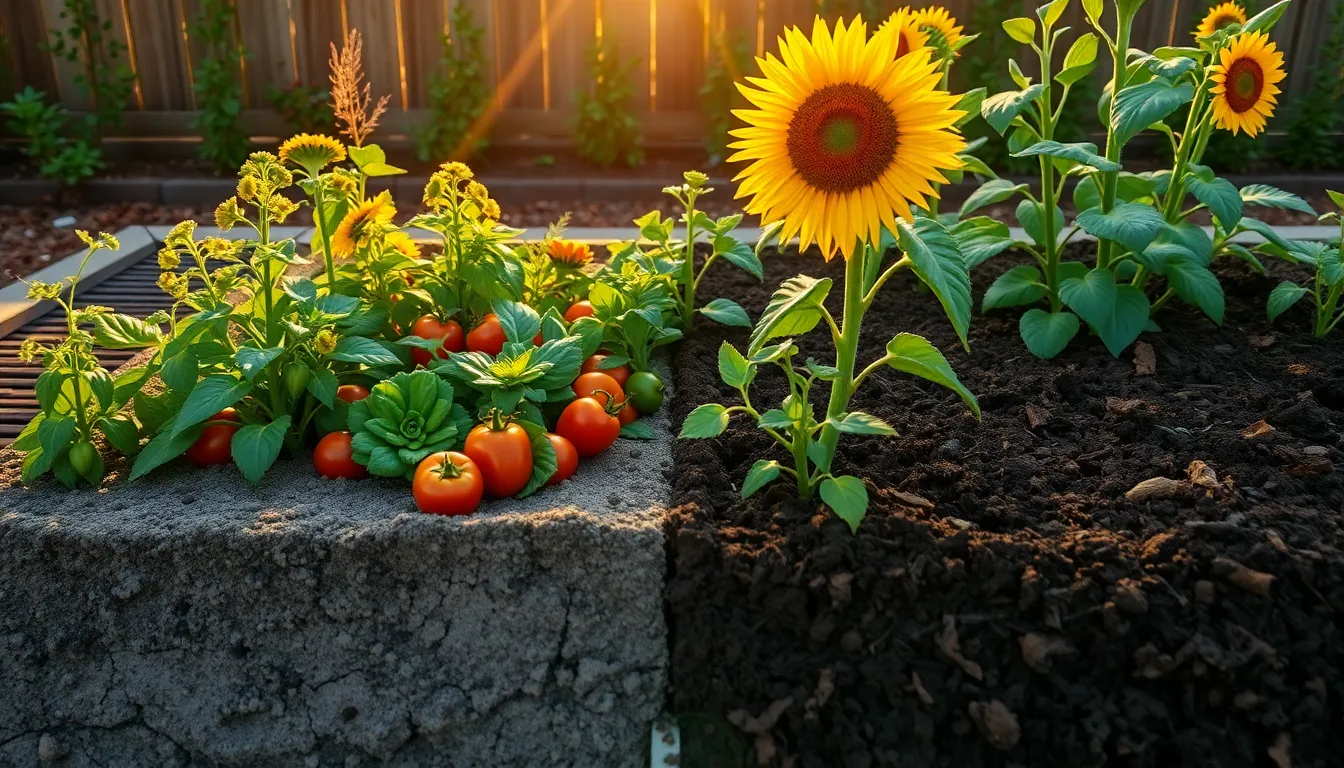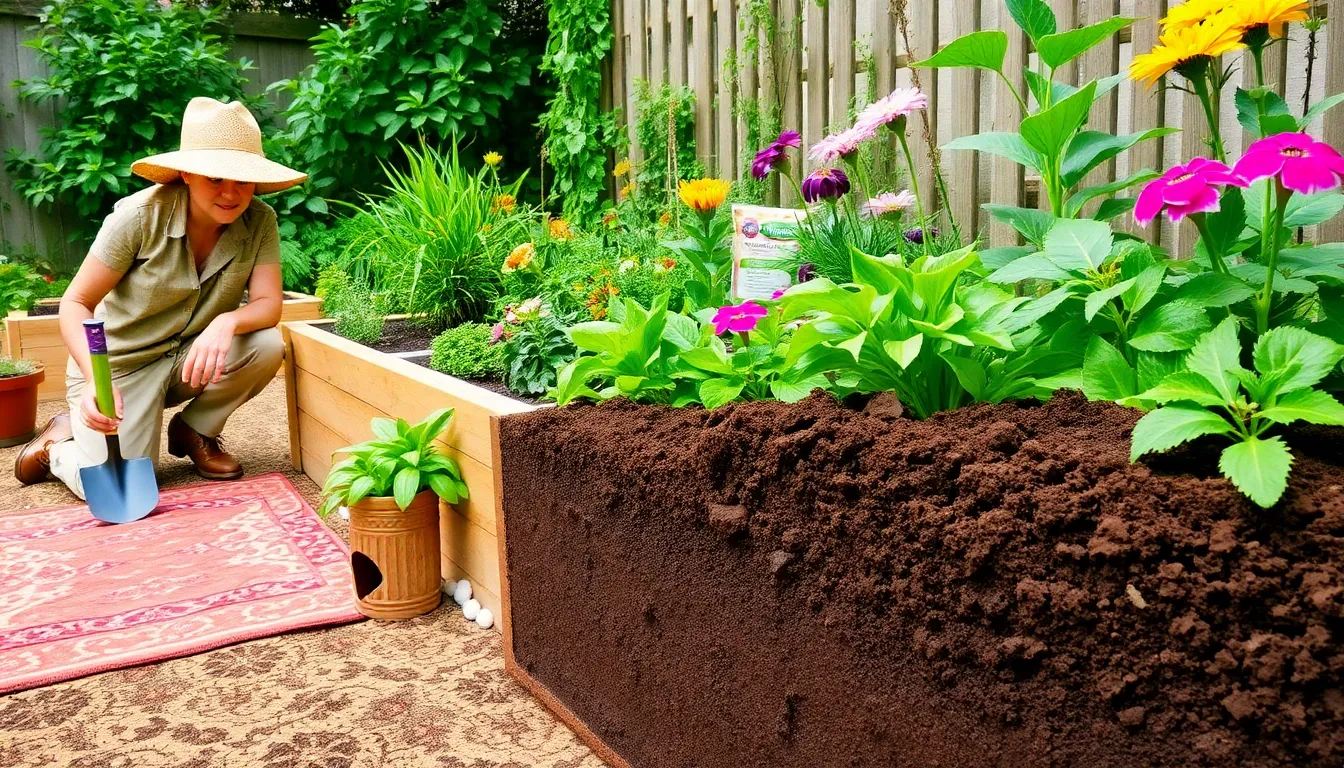Gardening is a journey of discovery, where the soil beneath your feet holds the secrets to flourishing plants and bountiful harvests. Yet, amidst the joy of digging and planting, misconceptions about testing garden soil at home can lead both beginners and seasoned gardeners astray. Understanding the true nature of your garden soil is a crucial step often clouded by myths and misconceptions. By demystifying these misunderstandings, you’ll be better equipped to nurture a thriving garden that reflects your green aspirations.
For those just starting out, testing soil might seem like a daunting task reserved for experts, but it’s a surprisingly simple and rewarding practice. Meanwhile, experienced gardeners might discover new insights that challenge long-held beliefs, leading to more vibrant gardens. In this article, we will unravel some of the most common myths about testing garden soil, empowering you with the knowledge to cultivate healthier plants. You’ll learn practical, straightforward methods that will transform how you perceive and manage your garden’s soil.
Whether you’re nurturing your first potted plant or expanding a flourishing backyard oasis, understanding your soil’s unique characteristics is the foundation of successful gardening. As we delve into these myths, you’ll gain clarity on soil testing techniques, debunk false information, and build confidence in your gardening skills. So grab your trowel and join us as we dig deeper into the truths of garden soil testing, ensuring your garden grows as beautifully as you envision.
Debunking Soil Testing Myths
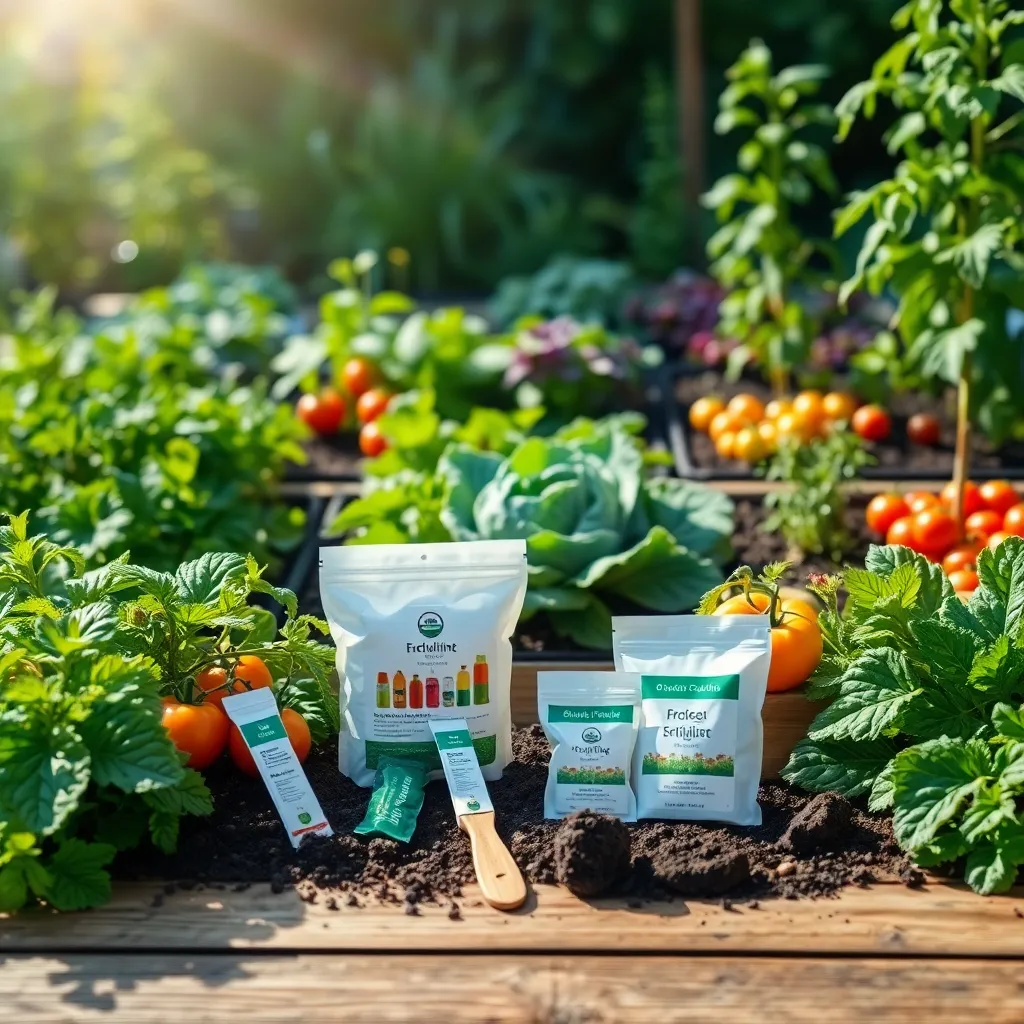
Many gardeners believe that soil testing is only necessary for large-scale agricultural operations, but this is not true. Conducting a simple home soil test can provide valuable insights into your garden’s nutrient levels and pH balance, which are crucial for plant health.
Another common myth is that soil tests are too technical for beginners to perform. On the contrary, there are easy-to-use kits available that come with clear instructions, making soil testing accessible to everyone.
Some gardeners think that they only need to test their soil once, but soil conditions can change over time. It’s a good practice to test your garden soil at least once a year to ensure it continues to meet the needs of your plants.
Finally, it’s a misconception that soil testing is only for plants that are struggling. In reality, even healthy-looking plants can benefit from a fine-tuned nutrient boost revealed through regular soil testing.
Understanding Home Soil Testing
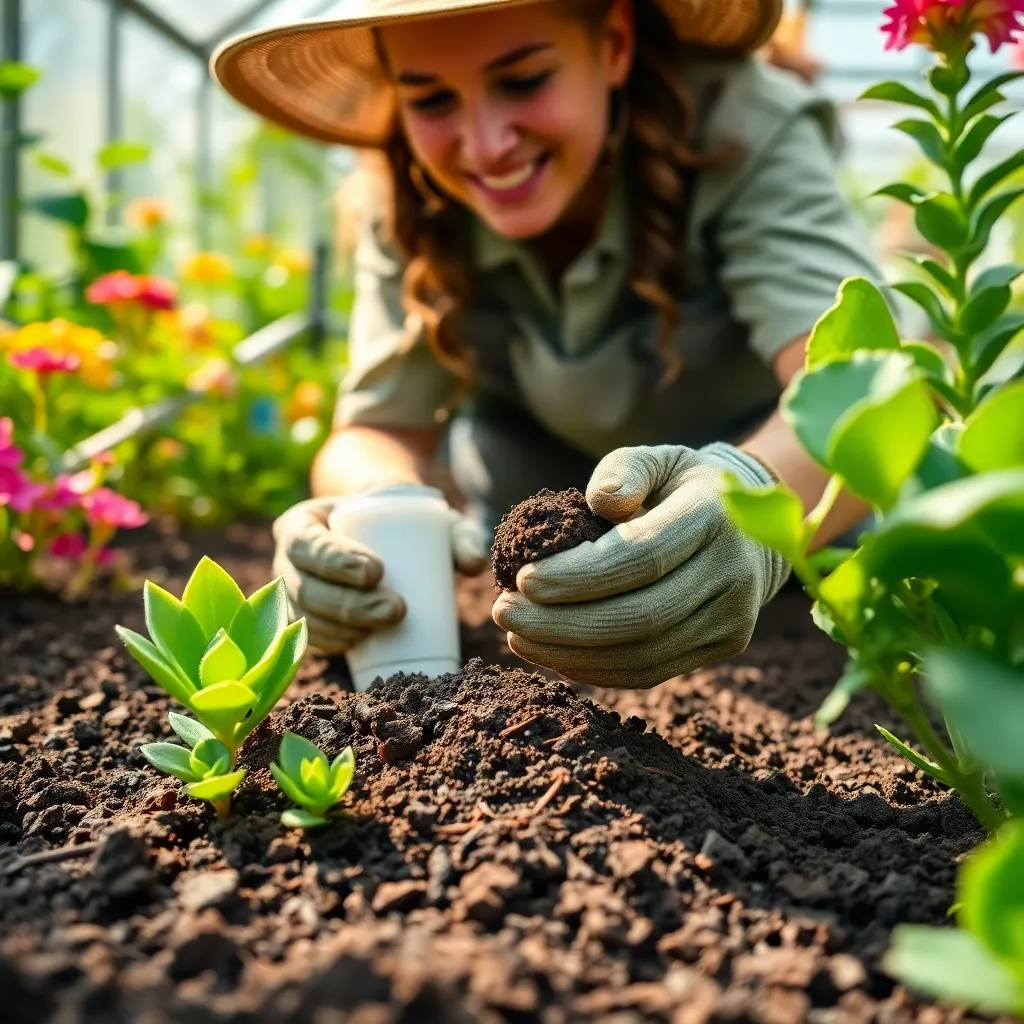
Testing your soil at home is an essential step towards a thriving garden, and understanding how to do it effectively can make a significant difference. To begin, purchase a simple soil testing kit from your local garden center or online, which will help you assess your soil’s pH and nutrient levels.
When conducting a soil test, it’s crucial to collect samples from various spots in your garden to get a comprehensive understanding. Use a clean trowel to dig small holes about six inches deep, and mix the soil in a clean container before testing.
After obtaining your results, you can tailor your gardening practices to meet the specific needs of your soil. For example, if your soil is too acidic, adding lime can help raise the pH to a more neutral level, which is ideal for most plants.
Advanced gardeners often take their soil testing a step further by sending samples to a professional lab for a detailed analysis. This can provide insights into micronutrients and potential contaminants, allowing for more precise amendments and plant choices.
Misconceptions About Soil pH

One common misconception about soil pH is that it never changes over time. In reality, soil pH can fluctuate due to factors like rainfall, the types of plants grown, and the application of fertilizers. To maintain an ideal pH, gardeners should periodically test their soil and adjust as needed.
Another myth is that all plants thrive in neutral pH soil. While neutral pH is generally good for many plants, some, like blueberries and azaleas, prefer more acidic conditions. For these plants, consider adding elemental sulfur or peat moss to lower the pH and create a more suitable environment.
Many believe that pH adjustments can be made quickly, but in fact, altering soil pH is a gradual process. For gardeners looking to raise soil pH, using lime is effective but should be applied in small amounts over several months. Regular testing will help ensure the desired pH level is achieved without causing harm to the soil’s microecosystem.
It’s also a common misunderstanding that soil pH only affects nutrient availability. While it’s true that pH influences nutrient uptake, it also affects soil biology and structure. Maintaining a balanced pH not only helps plants absorb nutrients more efficiently but also supports beneficial microorganisms and overall soil health.
Nutrient Myths in Test Soil
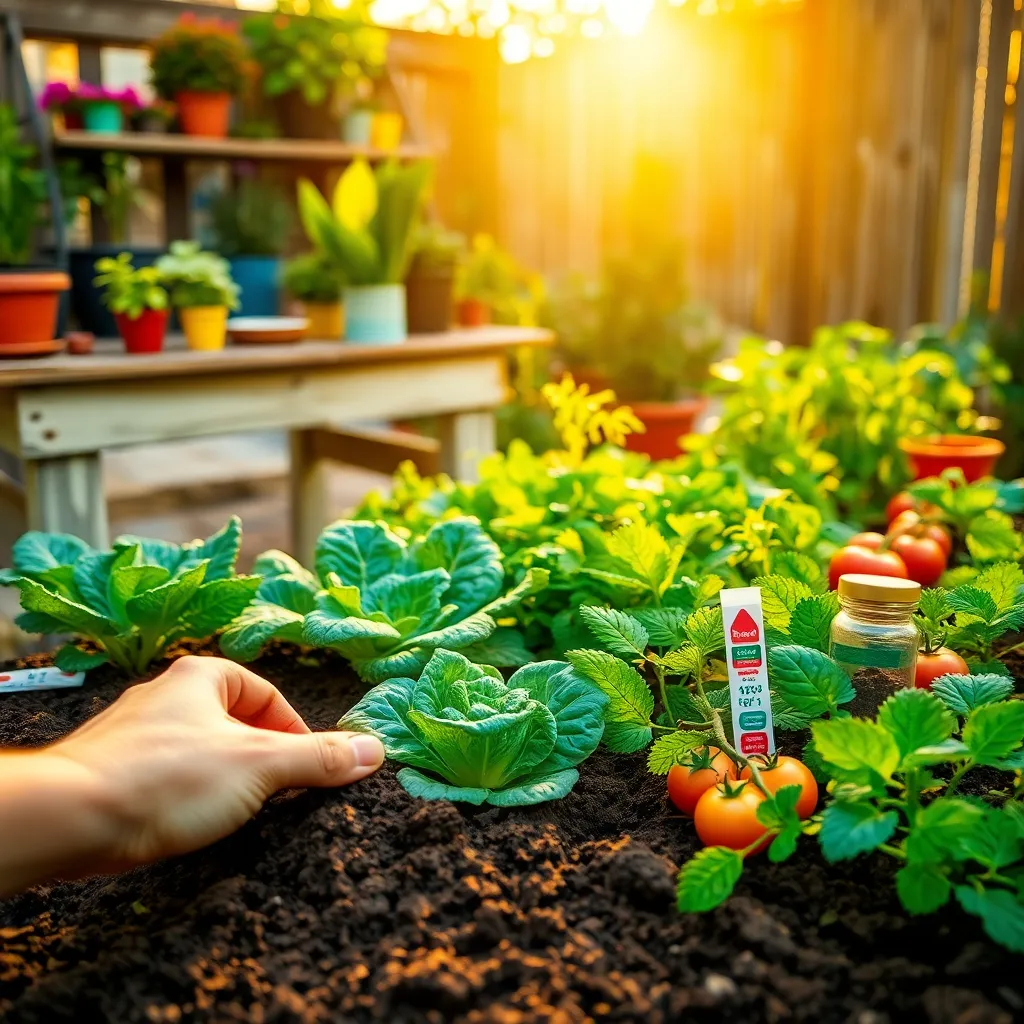
One common myth about soil nutrients is that adding more fertilizer always leads to healthier plants. In reality, over-fertilizing can harm plants by causing nutrient burn, which can damage roots and inhibit growth.
Another mistaken belief is that if a soil test shows deficiencies, you must immediately apply synthetic fertilizers. Instead, consider organic options like compost or well-rotted manure, which improve soil health over time and provide a balanced nutrient release.
Many gardeners think they need to fertilize according to a strict schedule. However, it’s more effective to fertilize based on the specific needs of your plants and the results of a soil test, which can vary throughout the growing season.
It’s crucial to understand that not all plants require the same nutrient levels. For instance, vegetables like tomatoes and peppers thrive in nutrient-rich soil, while herbs like thyme and oregano prefer leaner conditions.
Clarifying Soil Amendment Beliefs
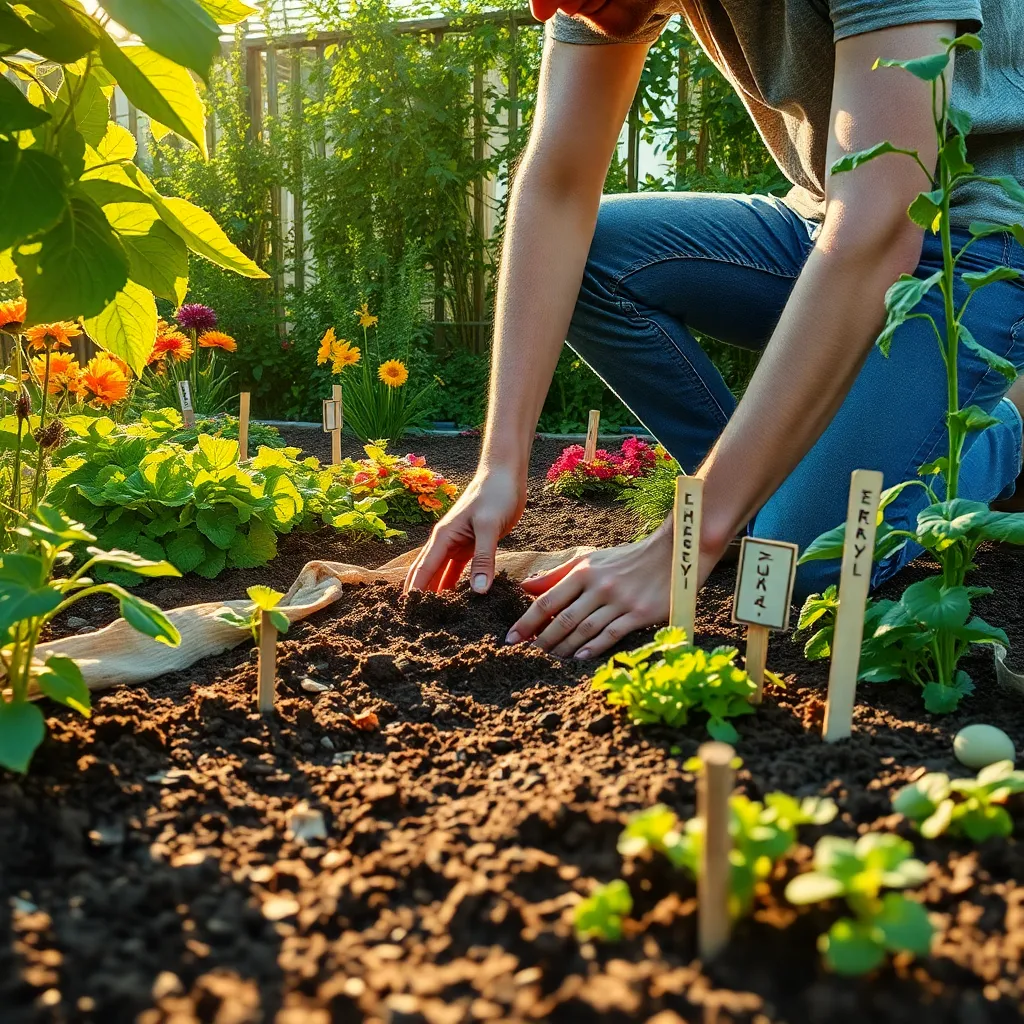
When it comes to soil amendments, many gardeners believe that more is always better, but this isn’t necessarily true. Over-amending soil can lead to nutrient imbalances, which might harm your plants rather than help them.
To improve soil health effectively, it’s crucial to first understand the current condition of your soil. Conducting a soil test will give you detailed insights into its pH levels and nutrient content, providing a solid foundation for any amendments.
Once you have your soil test results, you can select the appropriate amendments. For example, if your soil is sandy and drains too quickly, adding organic matter like compost or well-rotted manure can significantly enhance its water retention.
On the other hand, if your soil is clay-heavy and tends to compact easily, incorporating gypsum or coarse sand can improve its texture and drainage. It’s important to integrate these materials thoroughly into the soil to ensure even distribution and effectiveness.
For gardeners looking to delve deeper into soil health, consider experimenting with cover crops. These not only add organic matter to the soil but also promote beneficial microbial activity, enriching the soil naturally over time.
Conclusion: Growing Success with These Plants
In unraveling the myths about test garden soil at home, we uncovered five key relationship concepts: the importance of nurturing foundational understanding, the role of open communication, the impact of shared responsibilities, the significance of adaptability, and the necessity of ongoing learning. Just as a garden thrives with the right care and attention, so too do our relationships when we cultivate them with these principles in mind.
As an actionable next step, I encourage you to have a heart-to-heart with your partner about one of these concepts today. Discuss how you can collectively apply it to enhance your relationship, just as you would tend to your garden’s soil for optimal growth.
Remember, relationships, like gardens, flourish with consistent effort and care. Bookmark this article to revisit these insights whenever you need a reminder or a dose of inspiration. By doing so, you are investing in the long-term health of your partnership.
Looking ahead, embracing these practices will not only enrich your current relationships but also pave the way for a future filled with mutual understanding and happiness. Together, let’s nurture the soil of our connections, ensuring they remain vibrant and resilient.

